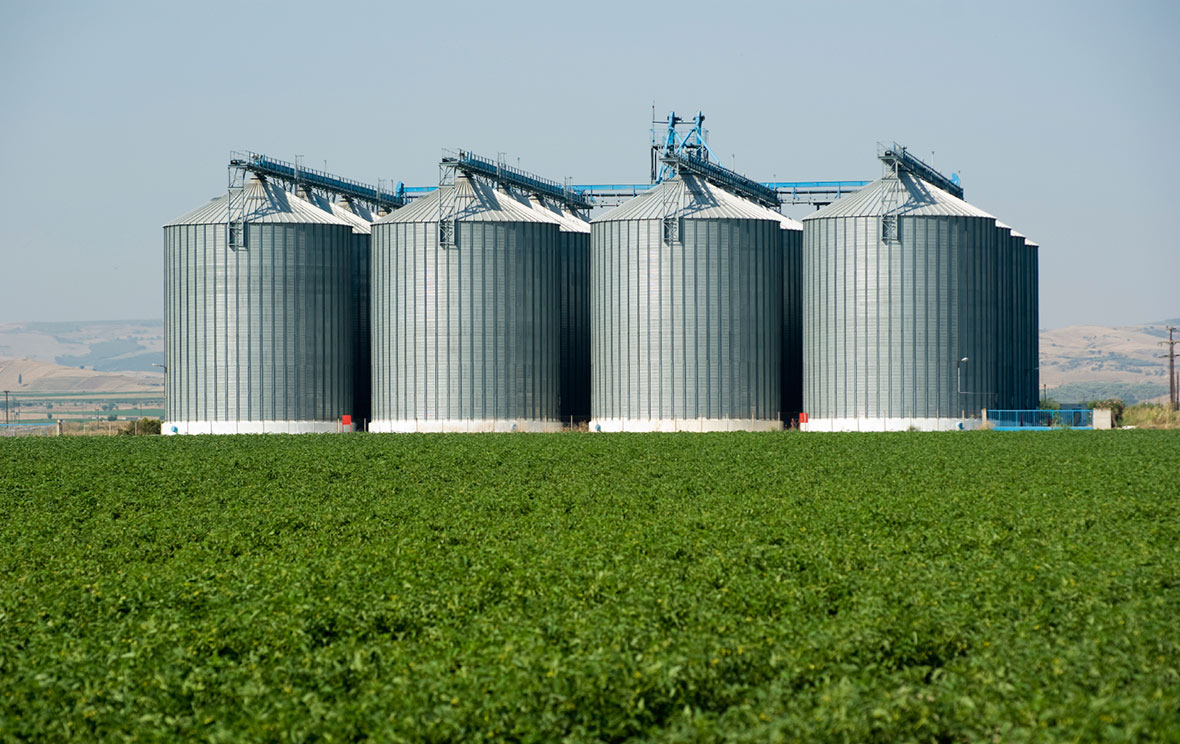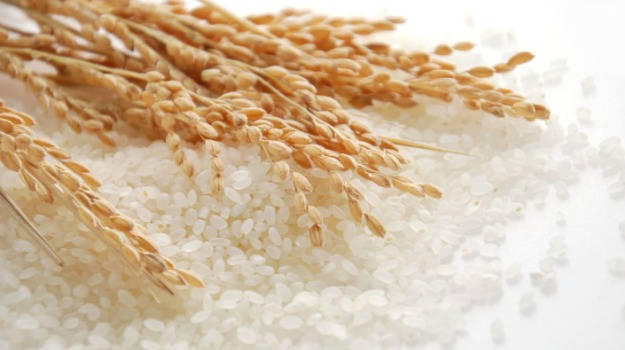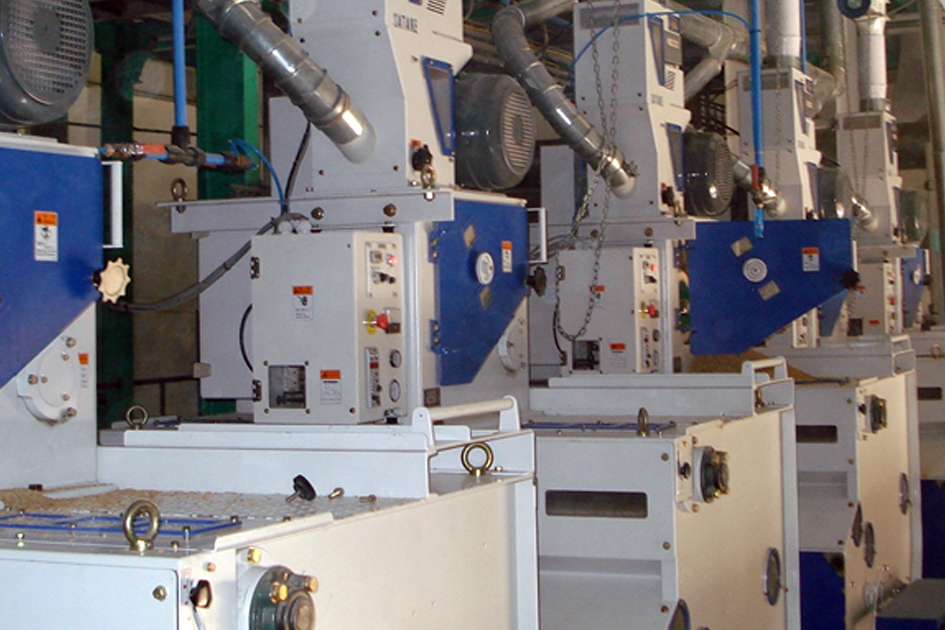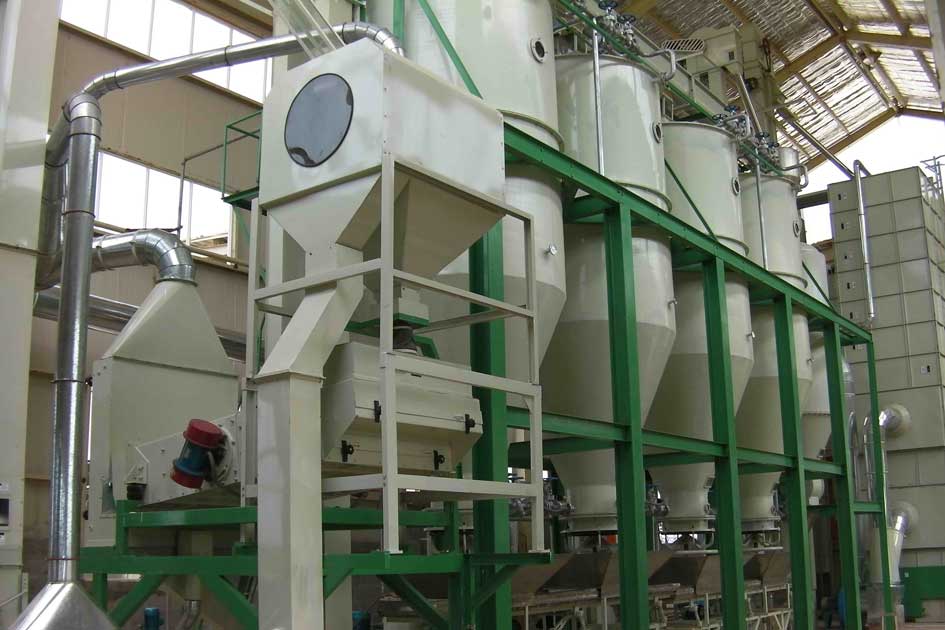“Nextech solutions, India’s leading Rice Mill Plant manufacturer offer solutions that range from processing to storage.” When it comes to storage in agriculture, Silos provide an efficient method of storing bulk quantities of grain. Silos were used in ancient Greece specifically for the purpose of storing grains that were used over a period of time. The steep rise in the price of land has virtually made it impossible to keep buying land space in order to store food grain that is produced. Rather than opting for a horizontal method of storing it is far more sensible to go vertically. Hence, the usefulness of storing food grains in bulk in silos. One can save space, prevent spillage of grains, avoid the need for gunny bags and not worry about climate changes with silos.
Agricultural silos work by creating a pressurized area within a cylindrical container; they have a closed top and a sealed bottom. The bases are sealed with organic matter such as soil whereas the closed top could be of a variety of metal or non-metal stuff. Wheat, rice, pulses can be stored inside these silos which provide good protection in the narrow space for long periods. They are used and recommended by various rice mill and flour mills. Grain Products can be stored in steel silos from the time of being harvested to up till a year.
The temperature inside the silos has to be regulated to assure the grains don’t get damaged; that includes proper aeration to control the amount of humidity inside the closed container. Another important thing is to safeguard the grains from insects, chemical control within the silos is required to protect it from insects and other rodents. Being the leading rice mill plant manufacturer in the country, Nextech provides silos which are bulk storage systems for various types of food grains.
 MAIL US :
MAIL US :
 CALL US :
>
CALL US :
>



